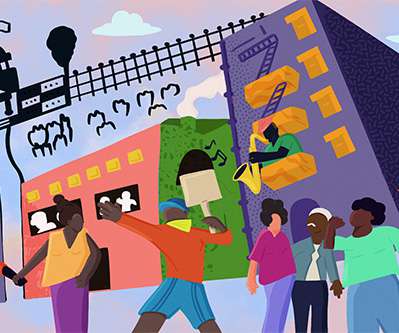Zero-Problem Philanthropy
Stanford Social Innovation Review
OCTOBER 16, 2023
CNN recently reported that “California has spent billions to fight homelessness. The second example illustrates an important intermediary step towards eliminating homelessness from a Zero-Problem Philanthropy vision. Yet, replicating this transformation in many other hotels in New York did not lower the number of homeless people.











Let's personalize your content